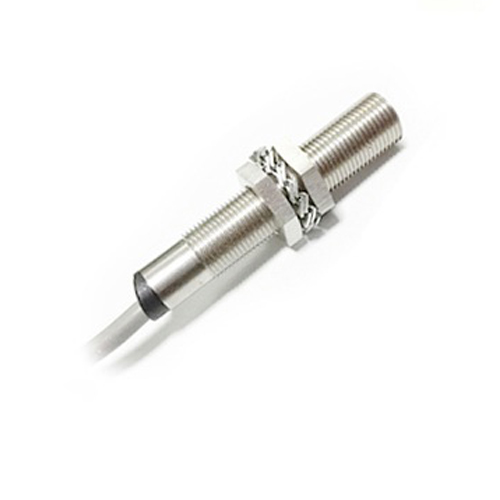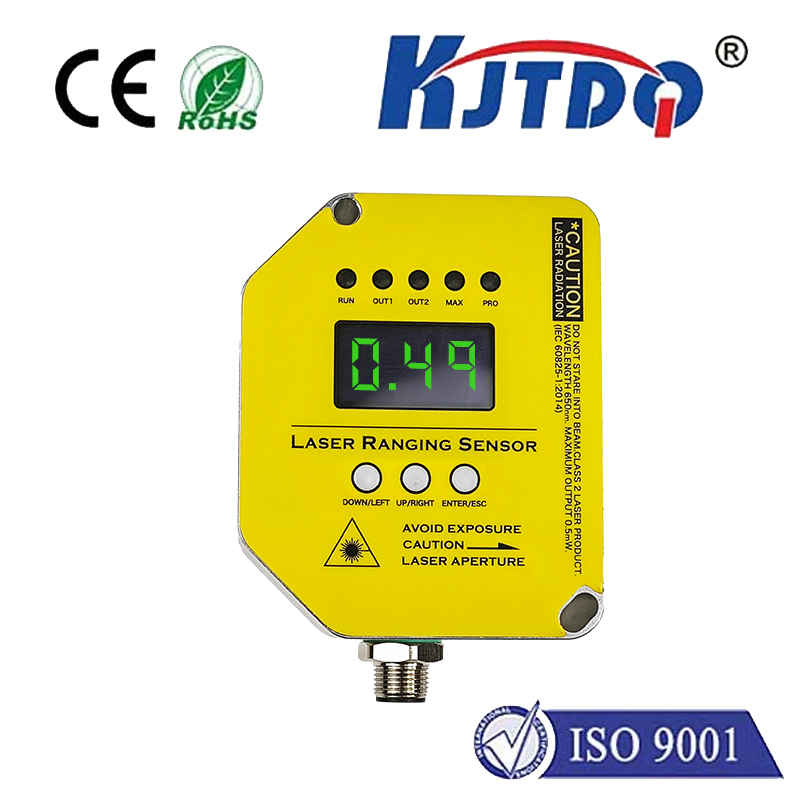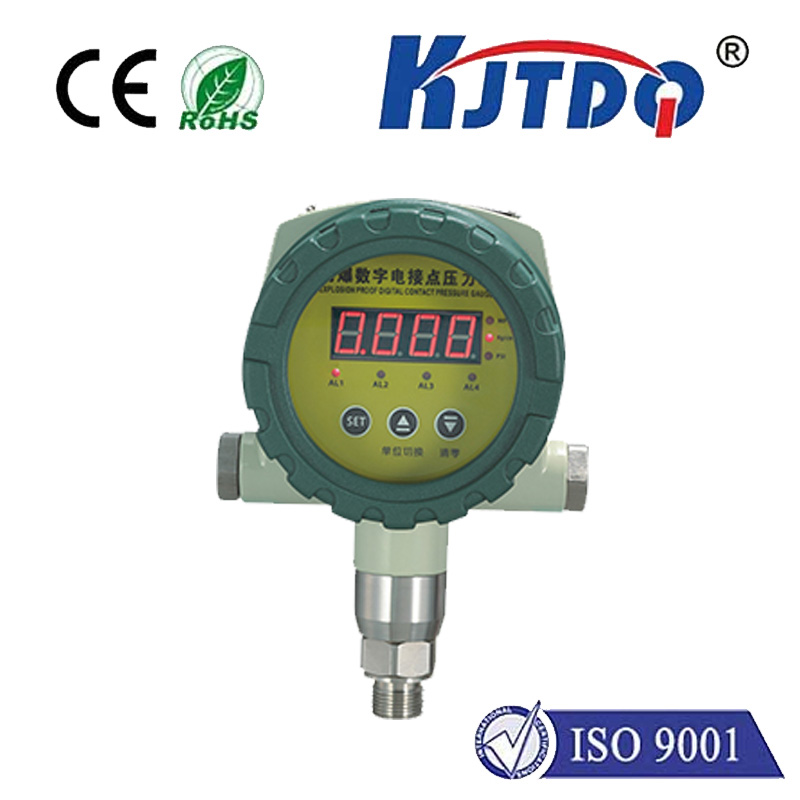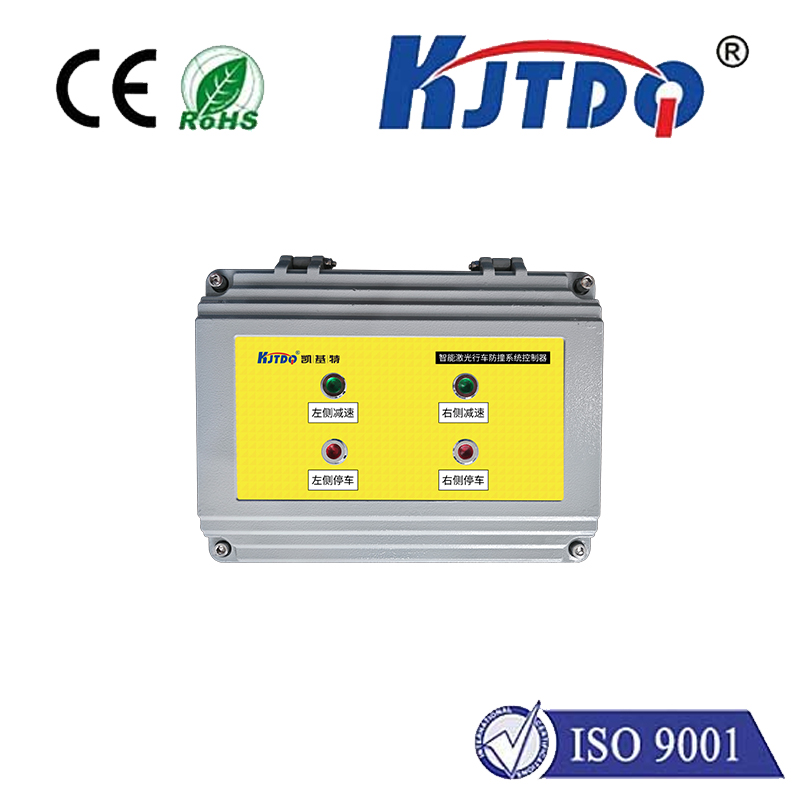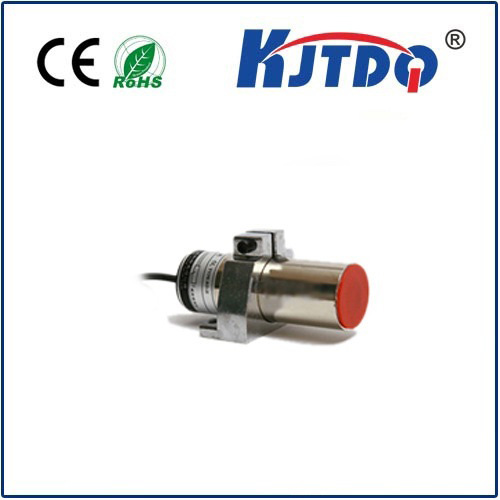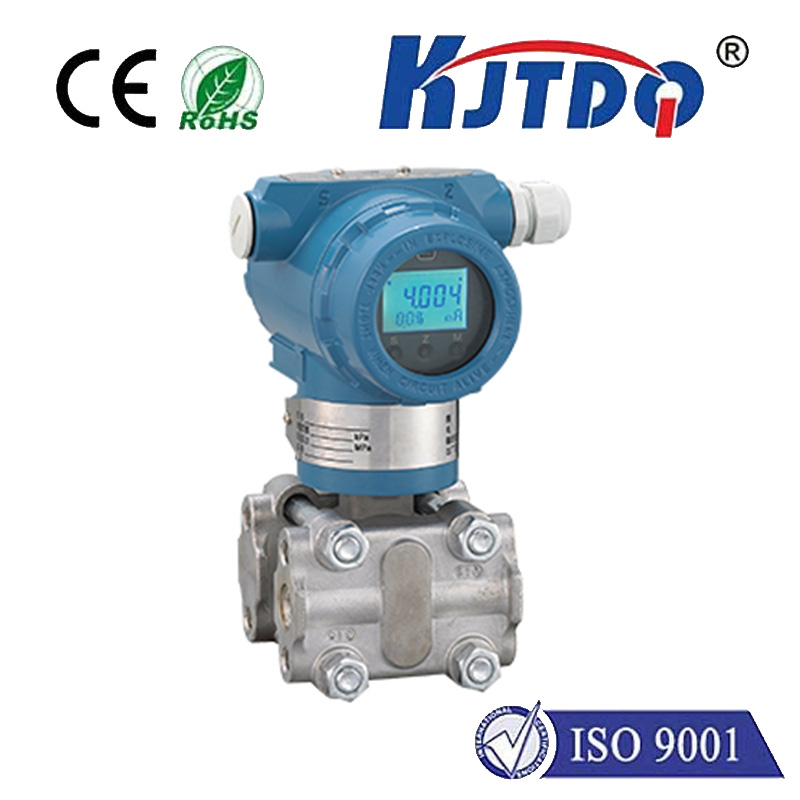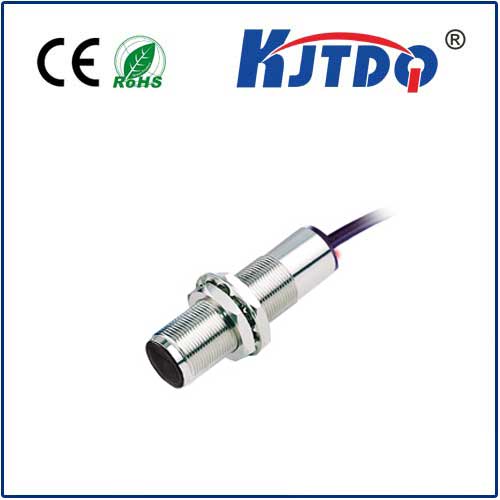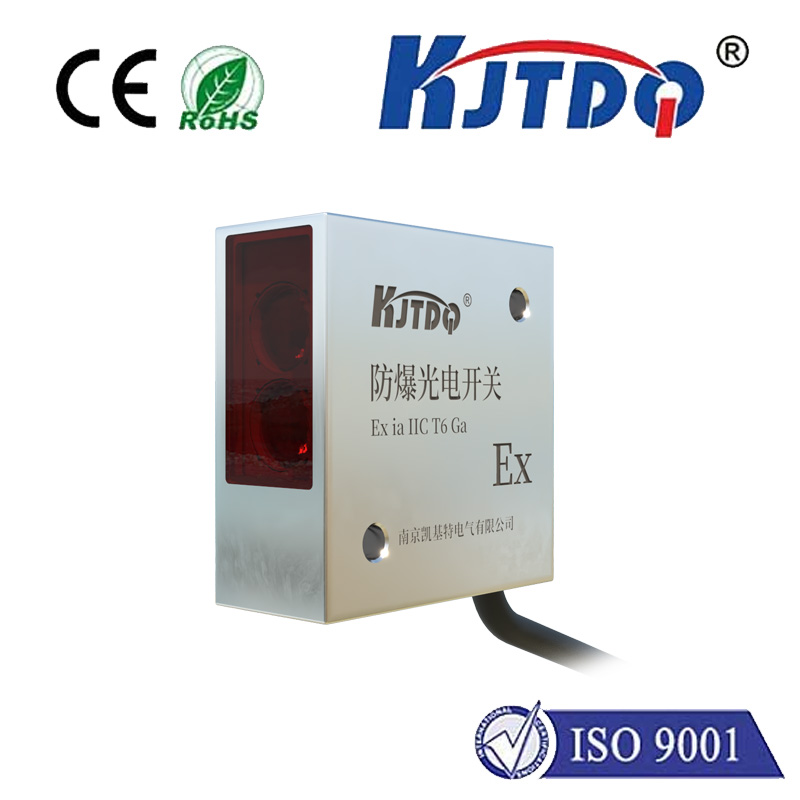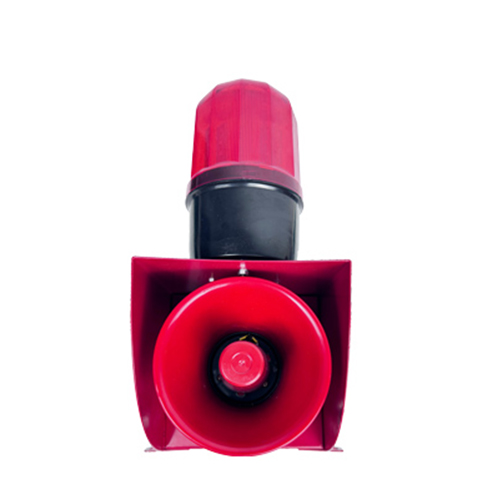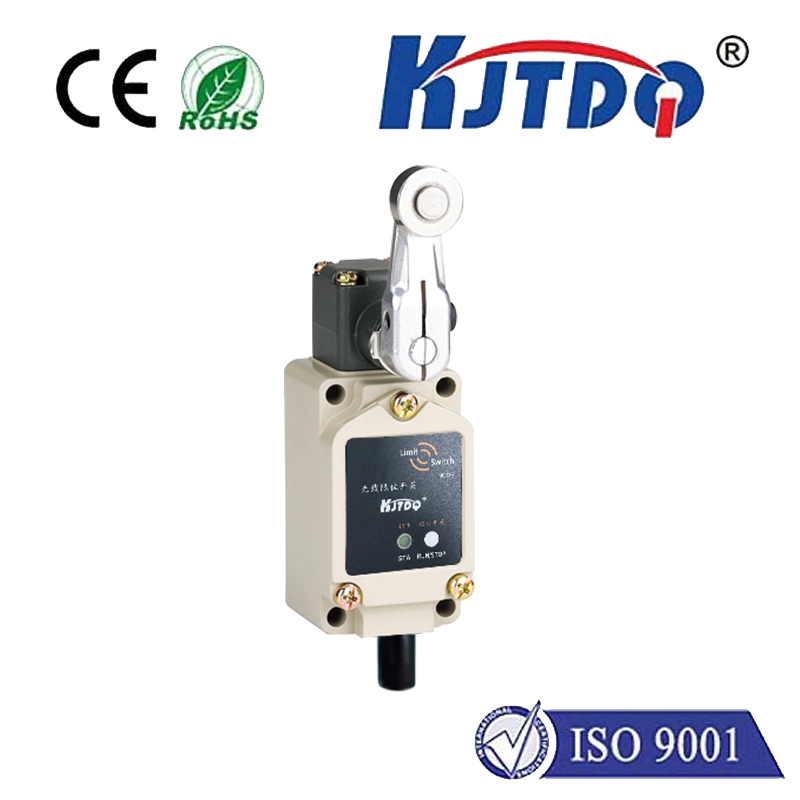

check

check

check

check

check

check

check

check

check

check
As technological advancements continue to shape our world, one of the most significant contributors to this growth is radar proximity sensors. These devices have revolutionized various industries, including automotive, healthcare, and security. In this article, we will delve into the working principles of radar proximity sensors, their applications, and how they contribute to modern technology.
Introduction
Radar proximity sensors are devices that use radio waves to detect objects in their immediate environment. They work by emitting a high-frequency pulse of radio waves and analyzing the echoes that bounce back from nearby objects. The time it takes for these echoes to return can be used to determine the distance between the sensor and the object. This technology has numerous applications, making it an essential component of many modern devices.
Working Principles
The working principle of radar proximity sensors involves three key components: transmitter, receiver, and detector. The transmitter emits a high-frequency pulse of radio waves, which is then received by the receiver. The detector analyzes the echo's frequency and duration to determine the distance between the sensor and the object. The speed at which an object reflects the signal determines its distance from the sensor. Therefore, objects that reflect faster than others will appear closer.
Applications in Technology
Radar proximity sensors are widely used in various industries, including:
1. Automotive: Radar proximity sensors are crucial in vehicle safety systems, such as adaptive cruise control and lane departure warning. They help detect objects behind the car and alert the driver when necessary to prevent collisions.
2. Healthcare: These sensors are used in medical devices to measure body temperature, heart rate, and other vital signs accurately. They provide quick and accurate measurements, improving patient outcomes and reducing healthcare costs.
3. Security: Radar proximity sensors are used in security systems to detect intruders or potential threats. They can identify individuals based on their body size, movement patterns, and other characteristics. This information helps law enforcement agencies take appropriate actions to prevent crimes.
Conclusion
Radar proximity sensors have significantly contributed to modern technology by providing accurate and reliable data about their surroundings. As technology continues to evolve, we can expect these sensors to become even more sophisticated and useful in various industries. By understanding how these sensors work and their applications, we can appreciate their significance in shaping our world today.
